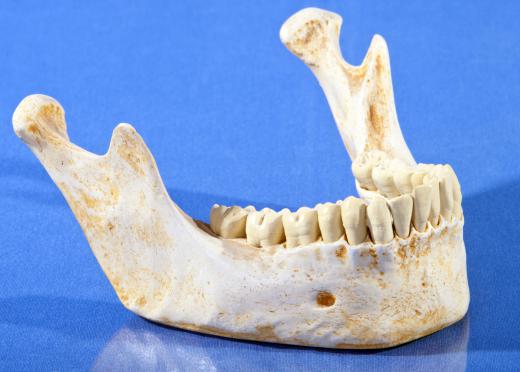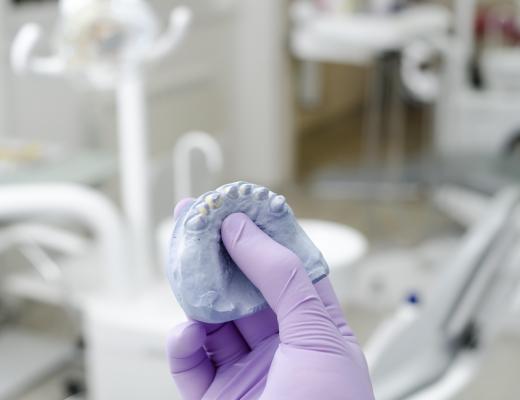What does a Forensic Dentist do?
A forensic dentist is a person who examines dental evidence that can be used to determine details of a crime, such as in a murder or assault case. Most forensic dentistry involves the study of teeth found in skeletal remains, although bite marks and other forms of evidence related to teeth may also be examined by the dentist. Forensic dentists specialize in dental identification; the process of identifying a corpse based on dental records.
Bite marks and other dental features are like fingerprints, and are unique to every individual. A forensic dentist can examine the teeth of a deceased person and compare it to dental records on file to help identify a body. This is most often done when decomposition has made other forms of identification impossible.

Even when exact identification of a body is impossible, a forensic dentist can use dental remains to discover a good deal about the deceased. Dental evidence can be used to determine the age, gender and sometimes even the ethnicity of the deceased. Many times this can help the police identify the body simply by eliminating a large number of possibilities.

Bite mark identification is also a major aspect of what a forensic dentist does. When police find a possible bite mark on a body, the dentist will try to obtain a saliva sample from the mark. Many times this can help the police get a DNA profile of the attacker. Next, the forensic dentist will photograph the bite marks to preserve the evidence since these marks fade over time.
After getting possible DNA evidence and taking photographs, a forensic dentist will then take casts, impressions and molds of the bite mark. These techniques can all be used to make an impression of the suspect's teeth. If and when a suspect is arrested and the case goes to a criminal trial, the dentist is usually called as an expert witness to explain how the bite marks on the victim match the dental records of the suspect.
Forensic dentistry is not always an exact science. Bite marks are often not crystal clear, and damage to the bite marks from environmental factors or decomposition can affect the quality of the mark. Sometimes a bit mark may only leave a partial imprint, which can also make identifying a suspect based on dental evidence much more difficult. Many times the findings of a forensic dentist are just one piece of the evidence used to help convict a suspect of a violent crime.
AS FEATURED ON:
AS FEATURED ON:












Discuss this Article
Post your comments